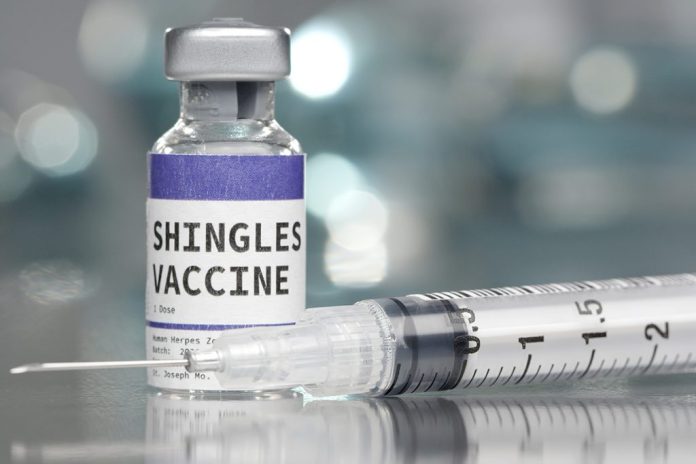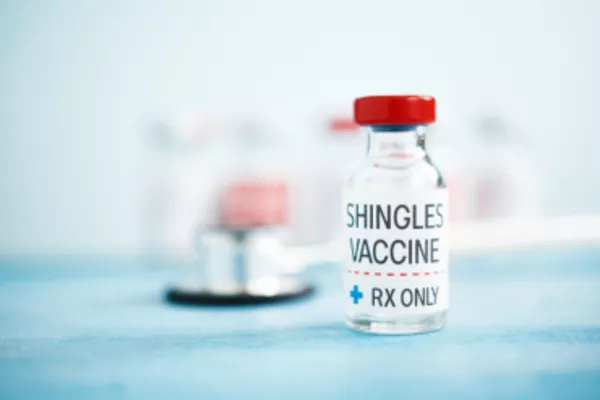The increase in preventive medicine in the Philippines has led more adults to think about immunizations outside of childhood vaccinations. Among the most debated today is the shingles vaccine Philippines, which guards against an aching affliction called herpes zoster. Though most are aware of the gains, people often wonder about side effects and safety. Being aware of what to expect would enable Filipinos to make the right decisions about their health.
Why the Shingles Vaccine Is Important
Shingles happens when the varicella-zoster virus, the same virus that causes chickenpox, is reactivated later in life. It frequently leads to rashes, blisters, and nerve pain. Complications of postherpetic neuralgia, in severe cases, can persist for months or even years.
For adults, particularly above 50 years or those with compromised immune systems, vaccination is highly protective. The zoster vaccine Philippines lowers the chances of getting shingles and is also expected to reduce severity in case the disease does develop.
Common Side Effects to Expect
Similar to most vaccines, the shingles vaccination can cause mild and temporary side effects. These typically clear up within a few days and are indications that the body is creating protection. Common symptoms include:
- Injection site reactions: Redness, swelling, or soreness at the site where the shot was administered
- Fatigue: Tiredness for one to two days
- Muscle or joint pain: Mild pain that tends to improve with rest
- Headache or fever: Fever and headaches are less frequent but not unheard of
These are normal side effects and usually nothing to worry about. They tend to resolve without the need for medical treatment.
Uncommon but Serious Side Effects
Even though extremely rare, there are some who are prone to more serious side effects. Severe allergic reactions, while rare, are an emergency. Signs of warning are difficulty breathing, dizziness, or swelling of the face and throat.
It is advisable for persons with recognized severe allergic reactions to some components of the vaccine to see their doctor prior to receiving the shot.
Who Should Be Cautious
Though the shingles vaccination Philippines is safe in most adults, some individuals should be cautious about when to take it or simply not take it at all:
- Individuals with active shingles or another infection
- Pregnant women or persons planning pregnancy in the near future
- Those with a history of serious allergic reactions to vaccines
- Those who are told by their physician to wait because of illness or treatment
A consultation with a healthcare professional ensures that vaccination occurs at the optimal time.
Balancing Safety and Cost
Another shared concern is the shingles vaccine cost Philippines. The cost, depending on the practitioner, may be several thousands per dose. Certain vaccines are administered in two doses, which means double the price.
Though the cost would appear to be very high, it is perceived by most Filipinos as an investment. Treating shingles—physician consultations, antiviral drugs, pain relief, and potential hospitalizations—is usually more than prevention costs. Compared with safety and efficacy, the vaccine is a worthwhile choice.
Accessibility and Trust in Healthcare Providers
The shingles vaccine Philippines can be found at major hospitals, private clinics, and a few community health centers. Getting access has become much easier in the past few years, with online appointment and scheduling available to help adults plan ahead.
Getting a reputable provider is a must. Legit clinics have proper storage and handling procedures in place to help keep the zoster vaccine Philippines effective and safe for all patients.
A Practical Step for Better Health
For Filipinos who are contemplating adult immunization, the shingles vaccine is a proactive move towards long-term health. By learning the potential side effects, familiarizing themselves with the expense, and consulting with healthcare experts, adults can make informed decisions.
The shingles vaccination in the Philippines is not merely a shield against a rash—it is an investment in health, independence, and quality of life in the coming years.










